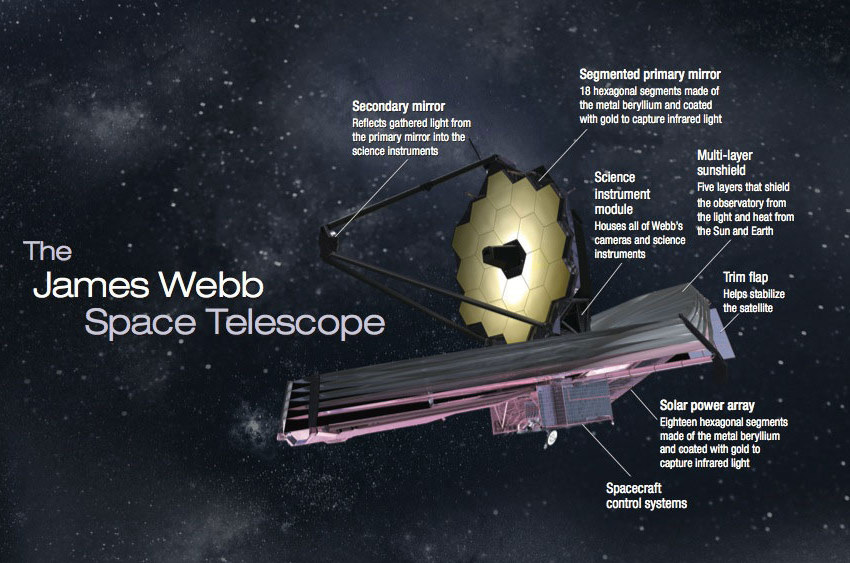Science News
& Faculty Articles
Physical Factors that Help in Categorizing Planets as Earth-like Systems

Credit: NASA/JPL-Caltech
By Amal Pushp, Affiliate Physicist at the Resonance Science Foundation
A planet that orbits a solar-type star and supposedly is a part of a solar system like ours with goldilocks conditions capable of supporting life and liquid water is commonly referred to as an exoplanet. The first exoplanet that was discovered to be revolving around a star like our sun was 51 Pegasi b. It is located about 50 light-years away in the Pegasus constellation and was discovered in 1995 by Swiss astronomers Michel Mayor and Didier Queloz [1]. This discovery won them a share of the 2019 Nobel prize in physics. Since the first detection, thousands of exoplanets have been discovered by probes sent to interstellar space by agencies like NASA.
Several factors are responsible for determining whether a newly discovered planet could be categorised as Earth-like. Here is a step-wise breakdown of all the important processes that scientists adopt in the classification of...
Astronomers Report Findings as Mega-telescope Delivers the First Data

By: William Brown, Biophysicist at the Resonance Science Foundation
Perhaps one of the most noble pursuits that humankind engages in is observational astronomy, borne by unbounded curiosity and the pure enjoyment that comes from viewing the wonders of the cosmos, the discovery rewards the spirit and the intellect, because when we view the Universe, we are in fact coming to better understand ourselves. To further this noble and enlightening pursuit, NASA’s Goddard Space Flight Center has successfully deployed one of humanity’s most technologically advanced “eye on the universe”, the James Webb Space Telescope—a technological marvel— with the first images having been revealed on July 11th.

The stated mission:
The James Webb Space Telescope (sometimes called JWST or Webb) is an orbiting infrared observatory that will complement and extend the discoveries of the Hubble Space Telescope, with longer wavelength coverage and greatly improved...
Third Planet Detected in Alpha Centauri System, Earth’s Closest Stellar Neighbor

By: William Brown, Biophysicist at the Resonance Science Foundation
“The discovery shows that our closest stellar neighbor seems to be packed with interesting new worlds, within reach of further study and future exploration,” João Faria, lead researcher and astronomer at the Instituto de Astrofísica e Ciências do Espaço, Portugal.
A third planet has been detected orbiting our closest stellar neighbor Proxima Centauri in the Alpha Centauri solar system [1]. The Alpha Centauri system, at only 4.3 light years from Earth, is turning out to be a rich and diverse solar system: with an Earth-like planet named Proxima b that orbits in the habitable zone around the low-mass M dwarf star Proxima B— which we discussed in the RSF article ‘Potential Habitability of Exoplanets’ [2]— candidate planet Proxima c which has a much larger orbit outside of the habitable zone, and now Proxima d, with a mass about a quarter of that of...



